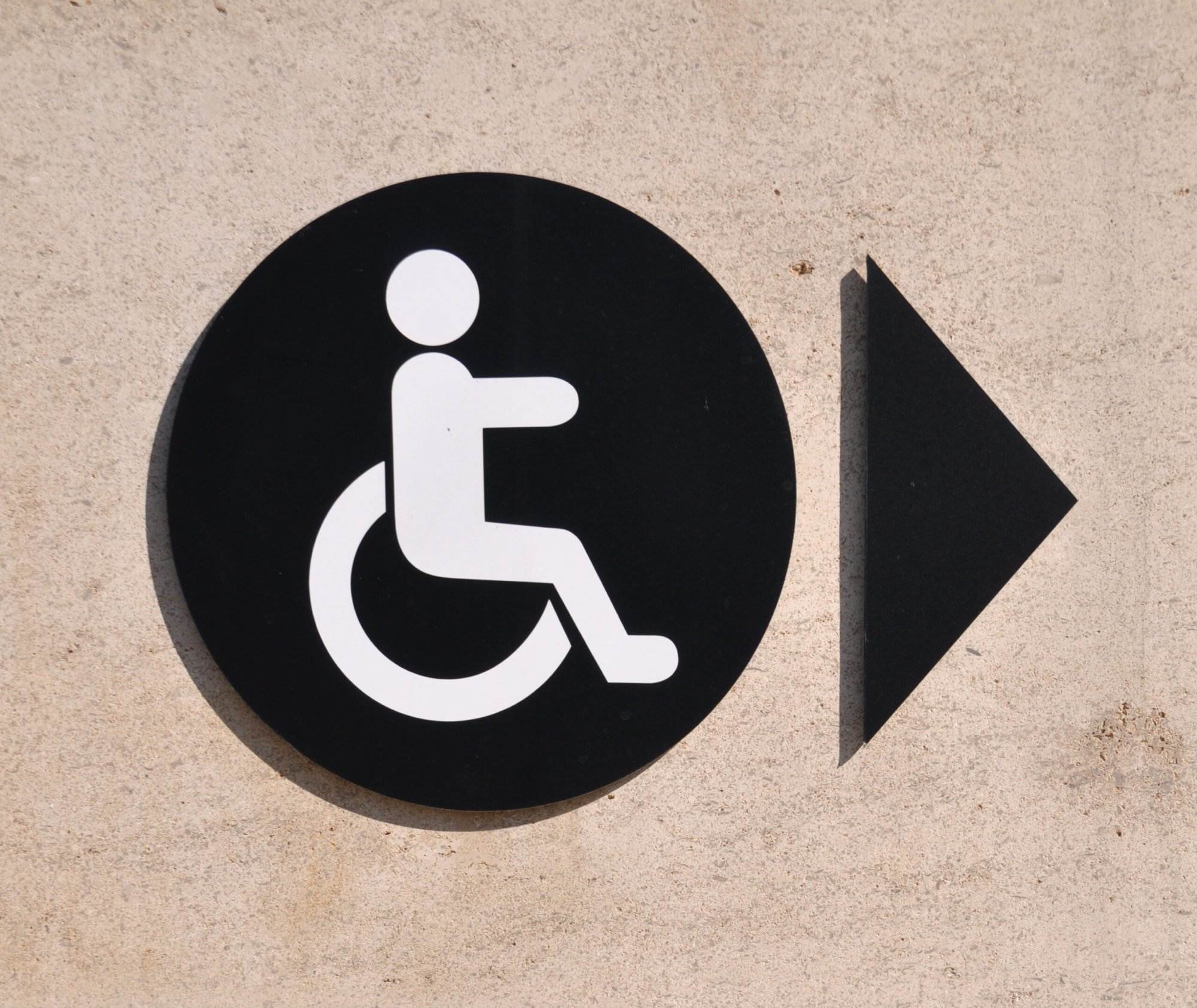Welcome to my blog post about cleaning for people with disabilities. In this article, we will discuss how you can ensure that your cleaning routine is accessible and inclusive for everyone in your household or workplace.

Cleaning may seem like a mundane task, but it’s essential for maintaining a healthy environment. However, for people with disabilities, cleaning can be challenging due to physical limitations or mobility issues. That’s why it’s crucial to create an accessible and inclusive cleaning routine that caters to their needs.
Here are some tips for ensuring your cleaning routine is accessible and inclusive:
1. Use appropriate cleaning supplies and equipment – Choose cleaning products that are safe for use by individuals with disabilities. Avoid harsh chemicals or scents that could trigger allergies or respiratory problems. Additionally, invest in cleaning tools such as dustpans, brooms, and vacuum cleaners that are easy to maneuver and lightweight enough for someone with limited strength to operate comfortably.

2. Adapt your cleaning schedule – Create a customized cleaning schedule that takes into account the specific needs of those with disabilities. For example, if someone has difficulty bending down, they might need more frequent cleanings to prevent dirt buildup. Consider using color-coding systems to help identify areas that require attention.
3. Provide adequate storage space – Ensure there is ample storage space for cleaning supplies and equipment. This way, everything is easily accessible when needed. Label containers clearly so that anyone can find what they need quickly.
4. Train staff or family members – If you have employees or family members who assist with cleaning, provide them with training on how to properly care for individuals with disabilities. This includes understanding their unique needs and learning how to communicate effectively with them.
5. Foster a culture of accessibility – Encourage a culture of accessibility within your organization or home. This means promoting awareness and understanding of disability issues among all staff or family members. Make sure everyone knows how to interact with people with disabilities respectfully and sensitively.
In conclusion, creating an accessible and inclusive cleaning routine requires thoughtful planning and consideration. By following these tips, you can make sure that everyone in your household or workplace feels included and valued. Remember, cleaning shouldn’t be a chore; it should be a positive experience that promotes overall wellbeing.

